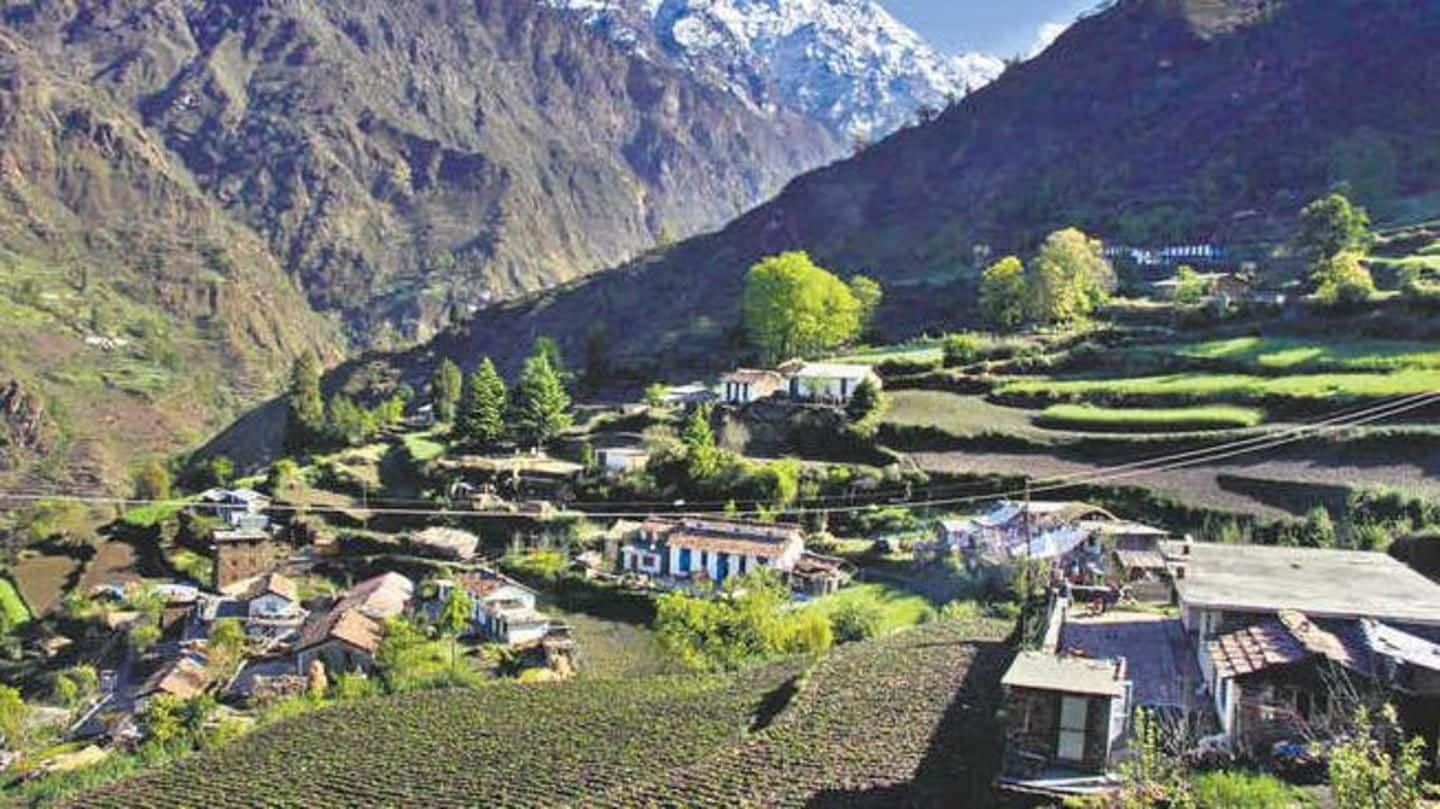
Kumaon villagers buy Chinese foodgrain, say government-rations in short supply
What's the story
Short supply of government rations has forced tribals in some border villages of Uttarakhand's Kumaon region to depend on Chinese foodgrain bought from Nepalese markets. "The quota of rations supplied by the state government falls short of our requirements so much that some of the villagers have had to depend on Chinese foodgrain bought from markets in Nepal," tribal leader Krishna Garbiyal said Friday.
PDS
Villagers have to cross river to buy rations from Nepal-market
Garbiyal was part of a delegation of Vyas valley villagers who met Dharchula SDM Friday to demand an increased supply of rations under the Public Distribution System (PDS). Villagers cross a bridge over Kali river near Garbiyang which connects India with Nepal and buy rations from the markets of Tinkar and Changru villages of the neighboring country to fulfill their needs, he said.
Details
Government allocating only 5kg wheat and 2kg rice per month
Explaining the issues, Garbiyal said, "The government allocates five kg of wheat and two kg of rice per month to each family which is far from enough." Tribals have demanded to increase the ration quota as wheat and paddy can't be grown on high altitude. The villagers said they don't receive ration on time and received their last rations before the onset of Monsoon.
Problems
Rations were sent to Vyas valley by helicopters
A 49km stretch from Mangti to Gunji was being repaired for nearly six months which made it difficult to send rations on mules to the villages. "Over 72.5 quintals of ration were sent to Vyas valley villages by helicopters before the Monsoon began. The ration for October, November, and December are yet to be sent to the villages," Dharchula SDM RK Pandey said.
Status of road route
Absence of proper road route to delay winter-migration of villagers
With the road route under repairs, the administration has to depend on helicopters to transport rations to Vyas valley villages, Garbiyal said. He said the administration is also in contact with the Army to avail its helicopters for the purpose. The absence of a proper road route is also likely to delay the winter migration of Vyas valley villagers to lower areas, he added.
Memorandum
The helicopter service for Mansoravar yatra was closed last month
In a memorandum submitted to the SDM, the villagers demanded an increase in quota of rations. They also demanded the continuation of helicopter service, which was for Kailash Mansoravar yatra tourists, so that ration could be supplied to the villages and the residents could migrate to lower valley. The helicopter service was closed after the pilgrimage's conclusion last month.
Demand
Villagers demand properly-constructed road or cheap helicopter service for migration
A villager, who led the delegation said, "Either the under-construction road be completed from Lakhanpur to Nazang, or cheap helicopter service be extended to November 18 to speed up the supply of rations." It should be done to enable the Vyas valley tribals to come down to the lower valley for migration, added Kushal Singh Napalchayal, the villager.
Migration
Over 2,000 villagers will migrate from high-altitude to lower-valley residences
According to Napalchayal, over 2,000 villagers from five villages of Gunji, Napalchu, Rongkong, Nabi, and Kuti will migrate from high-altitude villages to their lower valley residences from November first week. "The villagers need ration even for the months of November, December as they stack it away for the summer months when they return to their homes March onwards," Napalchyal said.